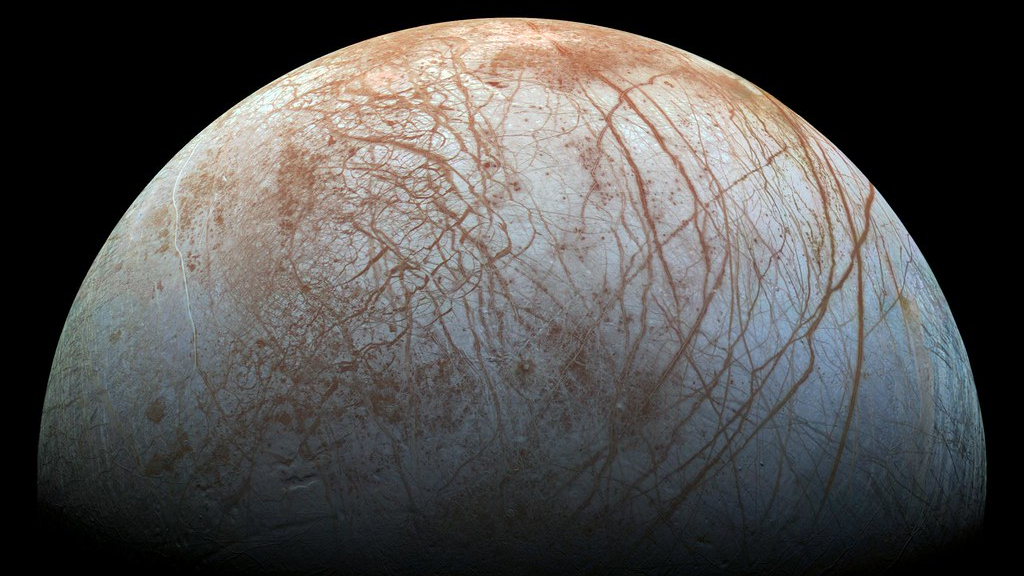NASA's James Webb Space Telescope is cooling down for its next trick: Observing the universe
The telescope's chief scientist discussed its nearly 40 days in space so far.

It's been a whirlwind 38 days in space for the James Webb Space Telescope, but its chief scientist says the mission is well on track to uncover the universe soon.
"The telescope is cold ... the instruments are cooling," John Mather, a Nobel laureate and astrophysicist who also works at NASA's Goddard Space Flight Center in Greenbelt, Maryland, said during a livestreamed Explore Mars event Thursday (Feb. 3).
Webb needs to be very cold for its infrared instruments to pick up subtleties in galaxies, exoplanets and other objects it is examining, and Mather said individual photons (particles of light) are starting to register in the telescope's detectors. "No images to show you yet," he said, "but it will be soon, I hope."
Related: The James Webb Space Telescope explained in pictures
Live updates: NASA's James Webb Space Telescope mission
Mather told participants about the epic journey Webb has taken so far to a distant location known as Lagrange Point L2, which balances out several gravitational forces to allow the telescope to orbit a point in space with a minimum of fuel.
In about five more months, Webb will begin an ambitious science program covering all aspects of astrophysics, but it must pass a rigorous commissioning period first, he noted.
Right now, a key activity is aligning the 18 hexagonal elements of the primary mirror. For the time being, they are working as 18 separate telescopes, but will soon need to act as a single mirror looking at the deep universe, Mather explained.
Breaking space news, the latest updates on rocket launches, skywatching events and more!
"First, we have to find the images that all of those 18 different hexagons are making then figure out which one is which, and then start sending commands to the little motors that move the viewers around to get them in the right place," he said.
"Then surely, we get them lined up so they do a nice sharp image with a near-infrared camera. Then we have to check that the other three instruments are also in focus."
One of the instruments isn't even turned on yet (the mid-infrared instrument), so the process hasn't started yet. It will be ready about four months after the Dec. 25 launch, while the others should be available two months post-launch. "Then we're ready to start announcing our first results around the summer solstice next year," Mather said.
Mather said the images Webb produces, since they are largely in infrared, will be different than what we are used to with the long-running Hubble Space Telescope that uses different infrared wavelengths, along with visible light.
"We can see into and through the dust clouds using infrared because the infrared will go around the grains instead of bouncing off," Mather explained. So in other words, Webb will be able to peer deep into dust clouds where exoplanets are forming, or to look at the hearts of dust-filled galaxies. "It will still be beautiful pictures, but it'll be different," he noted.
Closer to home, he promised Webb will turn its attention to solar system objects like Mars or Jupiter's moon Europa, which are targets of more robotic exploration in the 2030s and beyond. Webb will also bring some attention to Earth-sized planets orbiting M-dwarf stars, which may be habitable depending on the radiation environment.

In seeking life in distant areas of the universe, Webb will not be able to give definitive answers but can give us some pointers, Mather said during the question and answer period.
"We do not expect to see oxygen with this observatory; it's too hard," he said of looking at Earth-sized planets for signs of life. "We're not looking at the correct wavelength to be able to do it. But we do expect to be seeing presence of water vapor in little planets' atmospheres."
Webb may also be able to assist with dating stars in globular clusters, Mather said in response to another question, that would help us with understanding stellar ages and the evolution of the universe at large. Examples of other forthcoming investigations he pointed to included looking at young solar systems in nebulas or gas clouds, and using supernovas to assess the expansion rate of the universe.
Follow Elizabeth Howell on Twitter @howellspace. Follow us on Twitter @Spacedotcom or on Facebook.

Elizabeth Howell (she/her), Ph.D., was a staff writer in the spaceflight channel between 2022 and 2024 specializing in Canadian space news. She was contributing writer for Space.com for 10 years from 2012 to 2024. Elizabeth's reporting includes multiple exclusives with the White House, leading world coverage about a lost-and-found space tomato on the International Space Station, witnessing five human spaceflight launches on two continents, flying parabolic, working inside a spacesuit, and participating in a simulated Mars mission. Her latest book, "Why Am I Taller?" (ECW Press, 2022) is co-written with astronaut Dave Williams.
